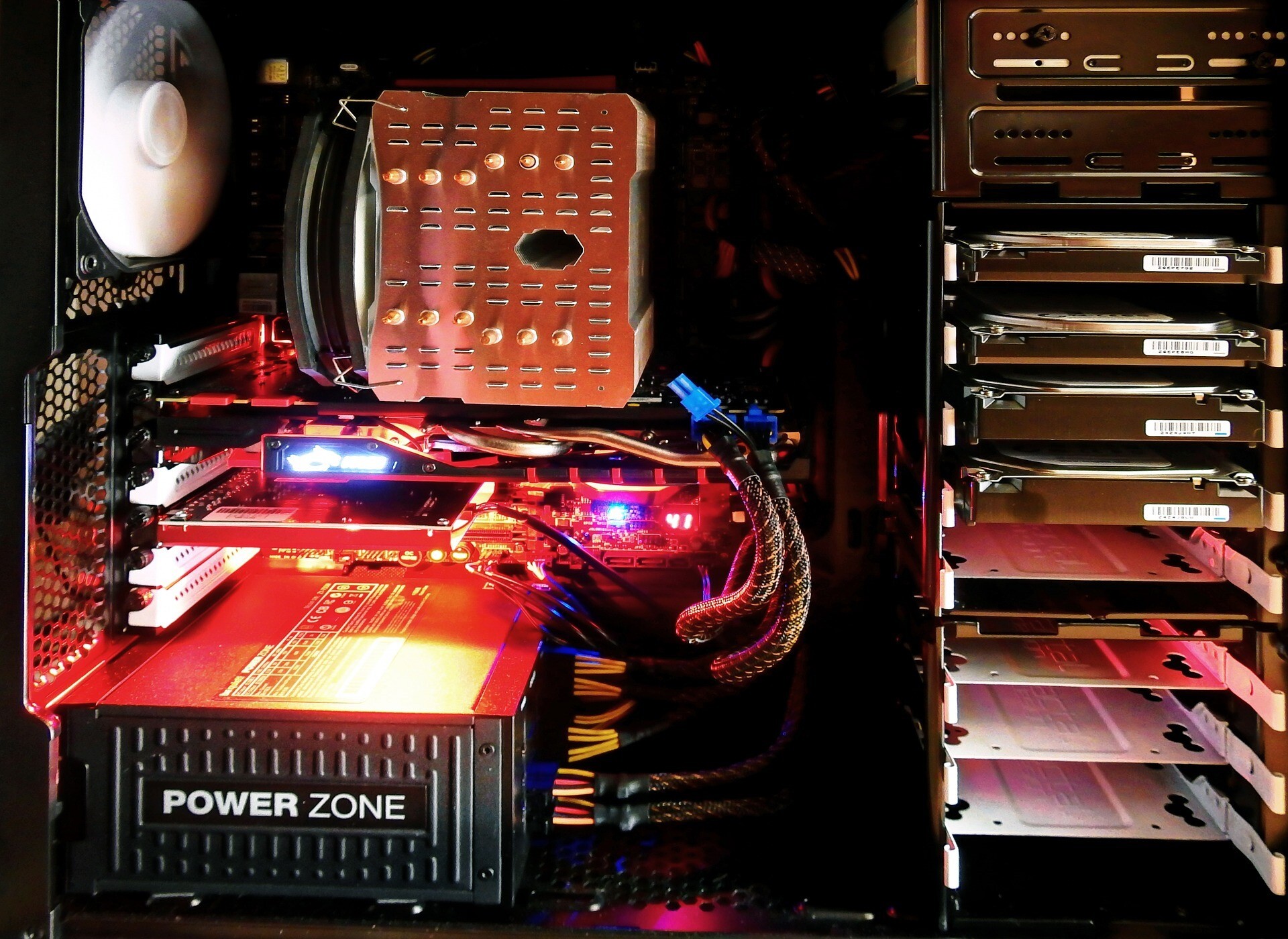Apache is the most frequently used web server. However, alternatives, such as LiteSpeed are quickly gaining momentum. It is a classic tale of the newcomer vs. the reigning champion. Every Linux web server is pre-installed with Apache unless you look for alternatives, you might not even get to know about LiteSpeed.
If you are confused which server to use, we can help you with your decision. In this article, we are going to explore the background of these two servers.
We are going to compare the two in detail to learn which is faster and which is more versatile.
So, let’s dive in,
What is Apache?
Apache is a juggernaut in the web server market. It had been launched in 1995 and has been ruling the industry since then. Apache works on both Windows and Linux-based machines. However, it gives the best results on Linux.
Apache is an open-source solution. It is also a part of LAMP Stack that is Linux, Apache, MySQL, and PHP. It is one of the most popular software configurations.
Developing and growing constantly, the Apache server has turned out to be one of the most secure and stable servers. The server depends on Multi-Processor Modules for commanding the network ports, accepting requests and handling them, and improving security.
Apache is versatile, flexible, and free.
What is LiteSpeed?
LiteSpeed is a commercial web server that is primarily used for its excellent performance. Several server solutions use existing technology as the base for building upon. That’s exactly the case with LiteSpeed.
It is a solution by LiteSpeed Technologies and was launched in 2003. LiteSpeed was marketed as a replacement for Apache. It can read all Apache configuration files and then execute similar commands. The primary improvement in the server was in the Scalability and Performance departments. Even though LiteSpeed aims to replace Apache is doesn’t use the same base codes. The software uses predictive technology to manage the influx of incoming traffic to lighten the load on the webserver.
Apache vs. LiteSpeed: Which is Better?

Apache vs. LiteSpeed: Performance
A majority of the websites today are dynamic. So, they use server-side scripting. It determines how a server can handle requests from various users of the web.
Various tools are employed to create dynamic content, and one such tool is CMS. Magneto, Drupal, and Joomla offer better chances to use a CMS solution.
When Apache and LiteSpeed are put to test, there is no clear winner. Apache can be configured using PHP-FPM or FastCGI. Thus, it is able to handle more loads better and maintain speedy performance in a multi-user PHP environment.
LiteSpeed is good, but Apache offers a little better raw speed. But if you have a bigger website, the advanced page compression feature of LiteSpeed gives it an edge.
However, when it comes to static content, the story is a little different.
LiteSpeed has asynchronous architecture. Hence, it is more flexible with concurrent connections and higher traffic. It uses an advanced caching methodology that enables the system to store compressed cache files rather than creating a new request whenever the viewer tries to check them. Thus, LiteSpeed improves the PHP performance of the server by 50%. It is six times faster than Apache when handling static content.
LiteSpeed can perform amazingly when it comes to compressing pages. So, each new request isn’t only served faster but also takes less RAM.
So, static sites can get more out of LiteSpeed than Apache.
Apache vs. LitespSpeed: Popularity
Hands down, Apache is more popular than LiteSpeed. It is almost a decade older than LiteSpeed. So, it had more time to take over the market. When LiteSpeed was introduced, Apache was already powering more than 60% of the websites.
However, the situation is a little different today.
A report by Netcraft in 2020 showed that Apache had almost lost its number one position to Nginx. At present, it only has a 25% market share. Yet, Apache has managed to hold its leading position. If you take a look at the top 1 million websites, you will find 29.55% of them being powered by Apache. While LiteSpeed powers just 1.86% of those websites.
So, according to Netcraft’s study, the clear winner in terms of popularity is Apache.
Apache vs. LiteSpeed: Security
Security is one of the most crucial things to consider. With time, there has been a rise in cyberattacks. This has led to great losses for the global economy.
What’s good is Apache has everything you need to secure the webserver. It lets you block user access, apply security rules, and remove unnecessary modules. Apache regularly updates safety standards and frequently releases security optimizations and vulnerability patches.
LiteSpeed provides advanced website protection. It also supports the mod_security rules of Apache. Hence, you can expect LiteSpeed to have the same strong defenses.
One of the things that LiteSpeed excels in is the protection of brute force or other DDoS attacks.
So, Litespeed takes the crown when it comes to speed.
Apache vs. LiteSpeed: Operating System Support
While configuring the website, another crucial element you need to consider is the OS. Linux servers are still dominating the web hosting sector. Thus, Unix-Lile operating systems are a natural choice. So, in that respect, it doesn’t make a difference as to which web server you are running.
Apache supports all Linux operating systems. Since LiteSpeed uses Apache as its base, it supports all operating systems, too. For t Windows users, it is a ball game.
Even though Apache has been fully optimized for Windows, LiteSpeed doesn’t support it.
So, Apache wins here.
Bottom Line

As we have approached the end, it is time to answer the basic question- which web server is better in this comparison.
Well, a closer look at both shows, LiteSpeed is the winner. It is based on an event-driven architecture serving static content much faster than Apache. Also, it performs much better when it comes to compressing the pages. LiteSpeed also offers advanced DDoS protection, lowering download during high traffic. The solution is best for high-traffic websites.
But Apache supports all operating systems, including Windows. It is completely free to use.
Now, which server you choose for your website completely depends on you.




